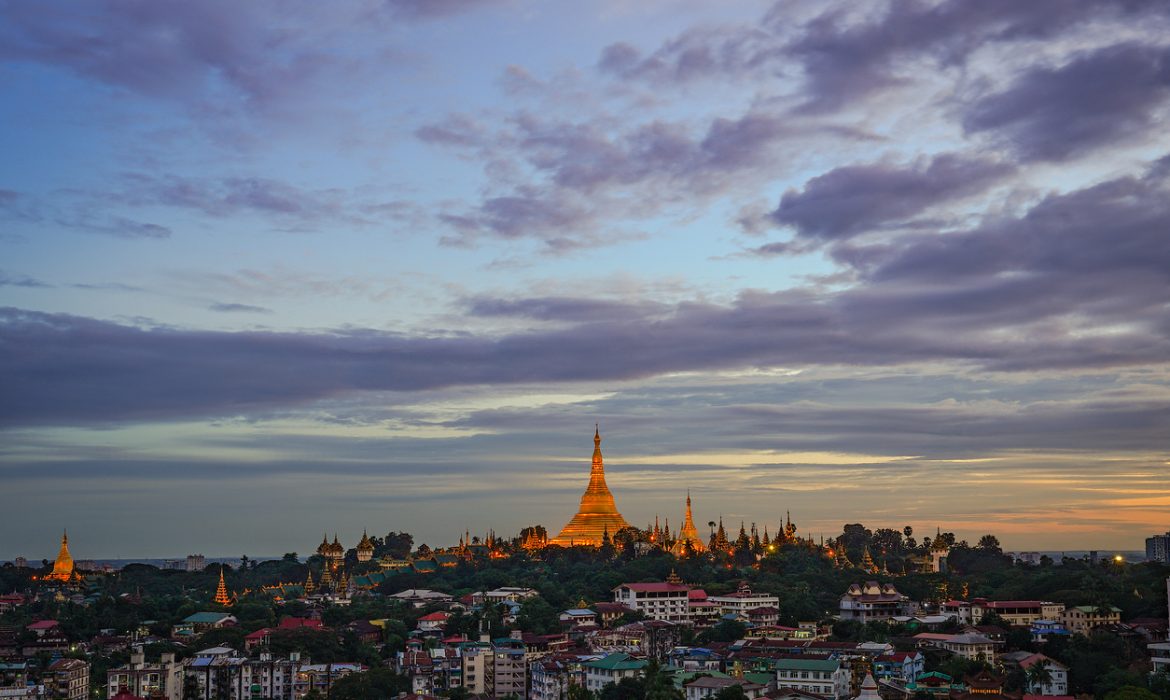Winding through the city of Yangon and the surrounding countryside, a water pipeline built in the British colonial era is offering visitors cooped up indoors during the pandemic an unusual way to see Myanmar’s former capital.
Constructed in 1935, the 70-km (44-mile) metal pipeline distributes water to 4.5 million people, connecting the Gyo Phyu dam on the outskirts of Yangon to the centre of the city. It has survived a 5.8 magnitude earthquake in 2007 and World War Two.
Jochen Meissner, founder of a local travel agency, started arranging walking tours on the pipeline after seeing it could be a new experience for those caught in the city’s lockdown.
“All of us are craving…for nature, for fresh air, for some new adventure,” said Meissner, who is a German national.
Myanmar has reported 290 cases of COVID-19 and six deaths. While slowly easing a lockdown, people are not allowed to gather in groups of more than five in public and social distancing measures are due to stay in place until the end of June.
Recognising the potential for tourism, Yangon’s council has helped hack back overgrown shrubbery around parts of the pipeline, which takes visitors off the beaten track of tourist attractions and through some poorer neighbourhoods.
At times watched by bemused residents, participants during a tour last weekend had to clamber over giant rusty water taps and maintain their balance on the top of the pipeline, which stands some 2.2 metres (7.22 ft) above the ground.
“The pipeline walk is very exciting and relaxing for us to venture on after the long duration of the lockdown,” said tour participant Kyaw Zin Latt.






